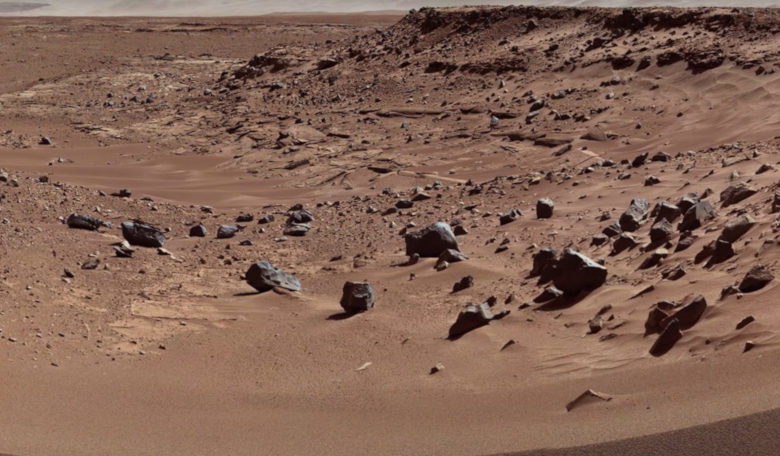Luckily, scientists believe that microbes could be the key to producing the fuel needed on Mars itself.
The study was published in Nature Communications and it stated that a microbe named cyanobacteria, along with a strain of E. coli bacteria, could be used to make rocket biofuel, according to a press release from Georgia Tech. With the use of a photobioreactor that would be built on the Martian surface, the microbe could produce sugars. The E. coli would then transform it into a usable propellant called 2,3-butanediol (2,3-BDO).
2,3-BDO is arguably not as strong a propellant as traditionally used for launches, the researchers think that it can be enough as there is low gravity on Mars.

“You need a lot less energy for lift-off on Mars, which gave us the flexibility to consider different chemicals that aren’t designed for a rocket launch on Earth,” said Pamela Peralta-Yahya, coauthor of the study and an associate professor of chemistry and biochemistry at Georgia Tech, said in the release. “We started to consider ways to take advantage of the planet’s lower gravity and lack of oxygen to create solutions that aren’t relevant for Earth launches.”
For this to work, a photobioreactor the size of four football fields will have to be constructed on the red planet, according to the release. The system would be powered by carbon dioxide and sunlight. Both elements are present on Mars.

This mechanism will also dramatically cut down the mission costs while making 44 tons of excess clean oxygen that could be used to keep the humans alive, the release said.
The team’s research was funded and supported by NASA’s Innovative Advanced Concepts Award in 2020. Researchers are optimistic about its feasibility.


